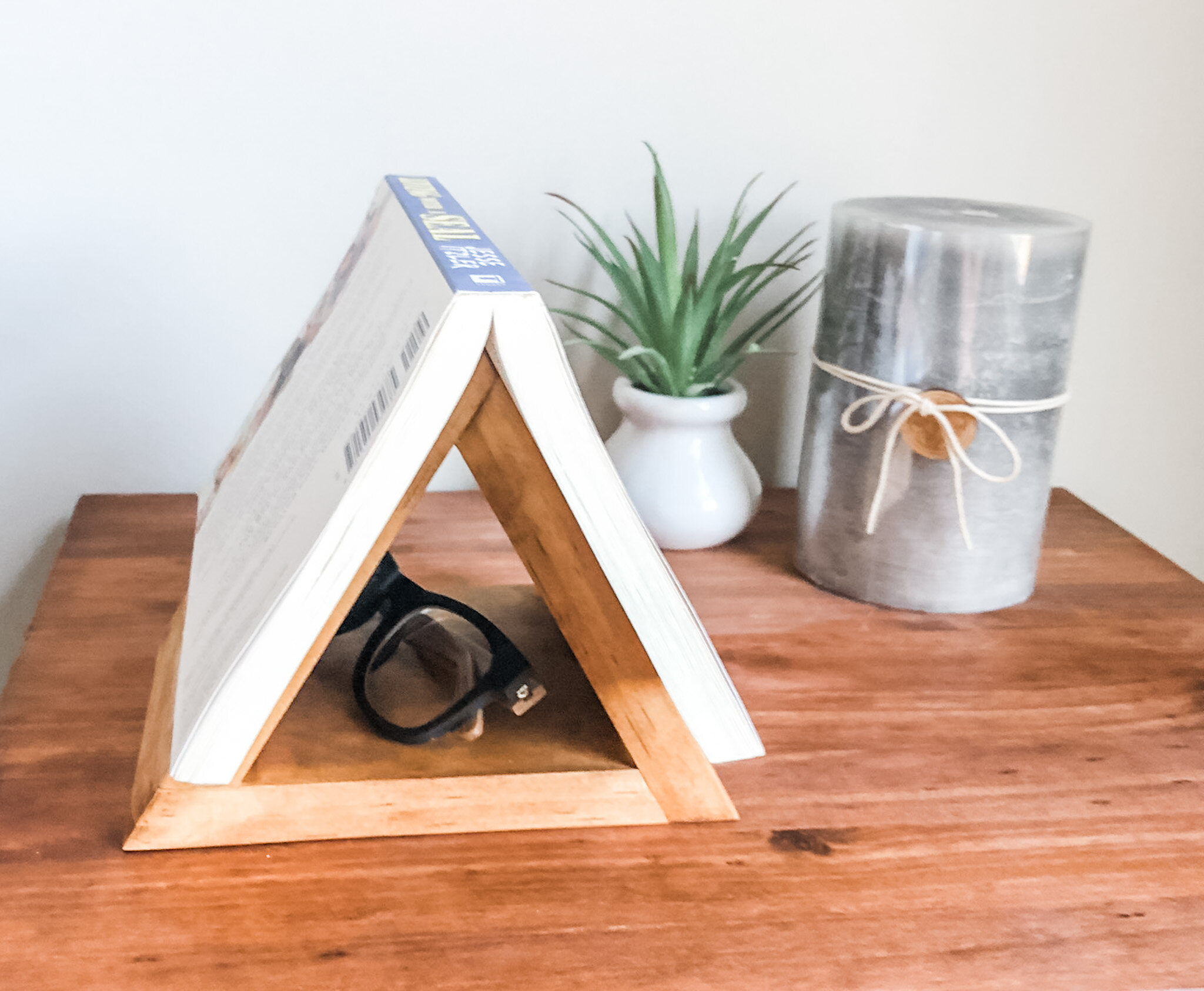How Not To Die When Woodworking
The craft of woodworking can be intimidating to most because of the tools most commonly used. They are sharp, loud and if handled incorrectly can lead to serious injury or even death. In this post I’ll cover a few tips to help keep you safe in the shop.
DISCLAIMER: These recommendations are based on my experience and opinions. Following or not following these tips in and of themselves will not solely prevent you from dying. Always use your best judgement and live to woodwork another day.
Fully Understand How a Tool Operates
When you add a new tool to your shop you should spend some time reviewing the user manual. It is extremely common to simply discard this information or throw it in a junk drawer never to be seen again. With power tools you should consider reading these manuals in detail. Not only will this ensure you know how to operate it properly, it will also help you to understand the BEST ways to use the tool.
Many new woodworkers will be utilizing tools they have had for a long time or tools that were passed down to them collecting dust for years before use. Older tools may not include the advanced safety features that many new tools have. Take the time to research the tool online and try to locate a user manual to ensure you are aware of how to properly use the tool and the features and functions available.
Think Through Your Process BEFORE You Begin
It can be really easy to think of a fantastic new idea and want to jump right into making it. Turning on your table saw and sander might seem like the practical first step but take the time to properly plan out how you plan to make it. Think about what cuts you need to make and how you will make them. Are there going to be any awkward angles that you need to consider? What tools will you use? The benefit of doing this not only helps increase how safely you can get things done, but it can also present opportunities for you to improve the process.
Utilize Equipment Designed to Keep You Safe
A quick search on Amazon will result in 1000’s of woodworking accessories designed to help keep you safe and comfortable in the shop. Here are a few of my recommendations for the must have accessories.
Push Blocks- Great for making difficult cuts with a table saw with ease.
Eyewear- Prevent dust and debris from getting into your eyeballs.
Respirator- Protect yourself from inhaling dust or harmful vapors.
Knee Pads- if you work on the ground a lot you’ll be very thankful for these.
Leather Apron- Looks cool, keeps your clothes clean, and provides an additional layer of protection
Cut-resistant Gloves- A must have if you use small sharp tools regularly.
Protect Yourself From Sawdust
When I first started woodworking I hated wearing a dust mask. Especially when I was only planning on working on something for an hour or two. I thought, what’s the harm in breathing in a little dust? I realized pretty quickly that this dust can cause discomfort and harm pretty quickly. I noticed that I would get really bad congestion and taking deep breaths was uncomfortable. I did some research and found that “Exposure to wood dust has long been associated with a variety of adverse health effects, including dermatitis, allergic respiratory effects, mucosal and nonallergic respiratory effects, and cancer. Contact with the irritant compounds in wood sap can cause dermatitis and other allergic reactions.” osha.gov
Safe yourself the headache (literally) and put on a mask. For smaller projects where your exposure will be limited a simple woodworking mask will do. I use the Elipse P100 Dust Half Mask Respirator
Be Mindful of Extension Cords and Power Supply
Most power tools require a corded connection to electricity. If you are working in a small space or have limited access to electricity it can be tempting to use multiple extension cords and multi port outlets.
Most modern residential circuits are 15 or 20 amps which have a max load of either (15A x 120V =) 1800 watts or (20A x 120V =) 2400 watts before the breaker trips.
If you are running multiple tools at once it can be easy to trip your breaker. This can put you in a dangerous situation if your lights are on the same breaker. A shop going dark as blades are still spinning can be highly hazardous.
Replace Blades Regularly
It may seem like an expense that isn’t worth making often but changing your saw blades regularly will help to increase the quality of your materials and ensure that you can complete the cuts with ease. You’ll notice as your blades begin to dull that it will become increasingly difficult to get the material through the blade. Using dull blades can lead to kickback or chipping which can lead to harm.
Never Reach Over a Running Blade
It can be very tempting when working through your cuts to lose focus and attempt to reach for something or move something without being mindful of the saw blade spinning at 4,000 to 7,000 RPM. If you need to reach for something while you are making cuts, turn off the saw and make sure the blade comes to a complete stop before you reach over the blade. Even as the blade is slowing down after you’ve turned off the saw, it’s spinning fast enough to cause serious hard.
Invest in Lighting
A general rule of thumb in woodworking is the more lights you have the better. Investing in the proper lighting will help to ensure you have complete visibility of both your work piece and any tools you are using.
Instructables.com has a really good article on setting up proper lighting in your shop.
Ask For Help if You Need it
It can be tempting when you're in your shop by yourself to try and overextend yourself. Wood can be heavy and awkward to handle/move around. If you are unable to easily move something it’s likely not safe to cut or work with alone. Don’t hesitate to ask for assistance when moving/cutting/assembling large material. If you are by yourself you can leverage additional accessories to help such as dollies, roller supports, and panel carriers.













Step by step instructions for building a continuous grain wine box!